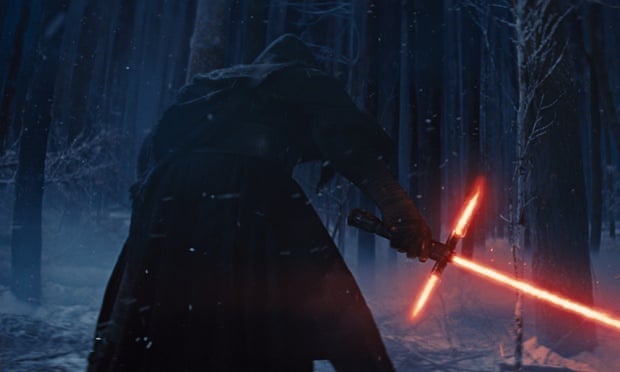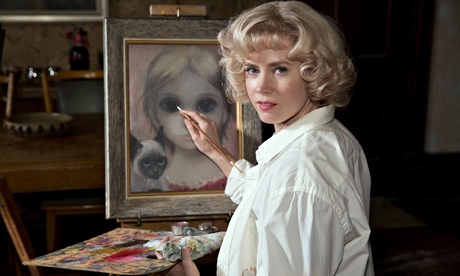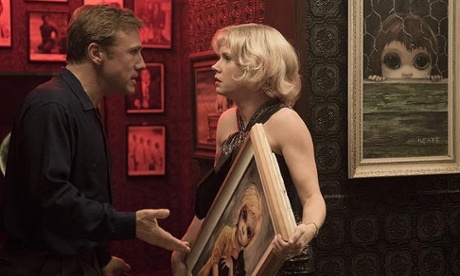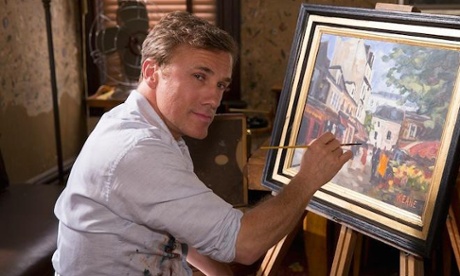 from the upcoming film, "Star Wars:
The Force Awakens," expected in theaters on Dec. 18, 2015
from the upcoming film, "Star Wars:
The Force Awakens," expected in theaters on Dec. 18, 2015Lightsabers ain’t what they used to be … JJ Abrams’ Star Wars: The Force Awakens. Photograph: AP/LucasFilm/Disney
It is on course to be the most-viewed trailer of all time, with an estimated 52m views in its first four days online. But the man who created the long-running Star Wars space saga, George Lucas, has not yet taken the time to view the teaser for new entry The Force Awakens, reports pagesix.com.
Lucas told the site he would wait until JJ Abrams’ film hits cinemas. The film-maker, who sold all Star Wars rights to Disney in a $4.05bn deal in October 2012, said he was “not really” curious about the new movie.
“I don’t know anything about it. I haven’t seen it yet,” pagesix.com quoted Lucas saying. Asked why, he replied: “Because it’s not in the movie theatre. I like going to the movies and watching the whole thing there. I plan to see it when it’s released.”
The internet has not been kind to Lucas since the release of the trailer on 28 November. Wags immediately reimagined the teaser with incongruous CGI aliens, in a reference to the remastered Special Edition versions of the original Star Wars trilogy.
One Funny or Die video even speculated over the film-maker’s miserable reaction to Abrams’ take on his creation. In the spoof commentary, Lucas and the “force ghost” of Hayden Christensen’s Anakin Skywalker lament the addition of a new, three-pronged lightsaber and complain about the absence of Jar Jar Binks’ race, the Gungans, in the teaser.


